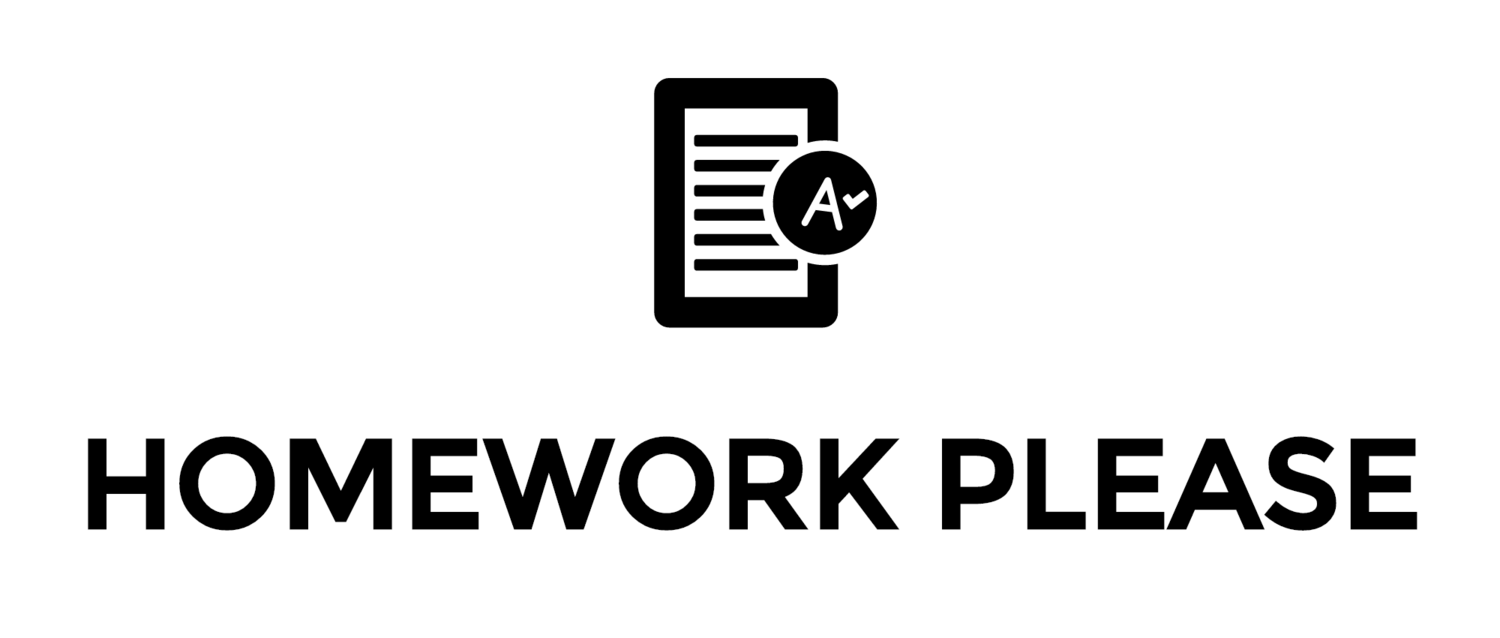11.00 Psych Journal
Every word must have a 3-5 word definition and 2 examples/applications.
1. Insight
Being able to solve a problem quickly
1. Animal learning
2. Sudden realization
2. Psychoanalysis
Psychological theory based on unconscious
1. Sigmund Freud
2. Repressed conflict
3. Free association
Client talks freely
1. Unconditional positive regard
2. Psychologist doesn’t talk
4. Manifest content
Actual content of a dream
1. Images or elements remembered
2. Not the interpretation or symbolic analysis of content
5. Latent content
Hidden meaning of a dream
1. Analysis or interpretation
2. Unconscious motives
6. Transference
To project past feelings onto therapist
1. Client projects bad feelings about parents onto therapist
2. Redirection of feelings
7. Countertransference
Redirection of therapist’s feelings toward client
1. Therapist projects good feelings to client
2. Reverse of transference
8. Client-centered therapy
Non directive form of talk therapy
1. Client leads discussion
2. Unconditional positive regard
9. Carl Rogers
Believed people are innately good
1. Influenced by Maslow
2. Believed in full potential and self-actualization
10. Nondirectional approach
Therapist remains neutral
1. Client-centered therapy
2. Free association
11. Genuineness
Openness and self-disclosure
1. Carl Rogers
2. Self-actualization
12. Unconditional positive regard
Positive regard given without conditions
1. Used in client-centered therapies
2. Creates positive atmosphere
13. Accurate empathetic understanding
How accurate one can infer the thoughts of another
1. Recognizing emotions
2. Empathy reading
14. Gestalt therapy
Psychotherapy that emphasizes personal responsibility
1. Focuses on therapist-client relationship
2. Developed by Fritz Perls
15. Fritz Perls
Coined the term “gestalt therapy”
1. Developed therapy with wife
2. Related to gestalt psychology
16. Behavioral therapy
Action therapy based on classical and operant conditioning
1. Flooding
2. Systematic desensitization
17. Counterconditioning
Training a response incompatible with an existing response
1. Training a dog to sit rather than run away when hearing a loud noise
2. Making someone relax when in proximity to a fear
18. Aversion therapy
Undesirable behavior is paired with aversive stimulus
1. Pairing unwanted stimulus with discomfort
2. Flicking someone’s ear every time they bite their nails
19. Systematic desensitization
Client makes a list of ordered fears
1. Developed by Wolpe in 50’s
2. Hierarchy of fear
20. Extinction procedures
Conditioned response stops occurring
1. Dog stops sitting after not receiving a treat
2. Child throws tantrum again after parent stops giving in
21. Flooding
Person is rapidly exposed to fear-provoking stimulus
1. Some one with arachnophobia is immersed in a container of spiders
2. Someone with the fear of heights is forced to climb a ladder with a harness
22. Implosion
Clients re-live aversive scenes associated with anxiety
1. The remembering of traumatic event
2. Visualizing traumatic event
23. Operant conditioning
The learning of voluntary behavior through various responses
1. Reinforcement
2. Punishment
24. Behavioral contracting
Written agreement between client and therapist
1. Client gets a reward when getting rid of habit
2. Motivates client to comply
25. Modeling
Learning through observation of others
1. Child models their parents
2. Celebrities are models (not good ones) for many children
26. Cognitive therapy
Help clients think more rationally
1. Developed by Aaron Beck
2. To change thoughts
27. Rational-emotive behavior therapy
Patients are challenged in their irrational beliefs
1. Developed by Albert Ellis
2. Form of CBT
28. Albert Ellis
Developed principles of rational-emotive therapy
1. Dispute irrational beliefs
2. Rational interpretations
29. Aaron Beck
“Father of cognitive therapy”
1. Clinical depression
2. Abnormal behavior
30. Negative triad
Becks triad of negative thoughts
1. Negative about self
2. Negative about world
3. Negative about future
31. Arbitrary interference
Person draws conclusion without evidence
1. Common in cognitive therapy
2. In Aaron Beck’s studies
32. Dichotomous thinking
Seeing only the extremes of a situation
1. Seeing only “black and white”
2. Common in borderline personality disorder
33. Electroconvulsive therapy (ECT)
Electrodes are placed on head to cure depression
1. Usually last line of intervention for treating depression
2. 70% of ECT patients are women
34. Psychosurgery
Surgery to control psychological disorders
1. Collaboration between psychiatrists and neurosurgeons
2. Deep brain simulation is example
35. Prefrontal lobotomy
Connections of prefrontal lobes are severed
1. Psychosurgery
2. Almost 200,00 lobotomies have been performed in the United States
36. Psychopharmacology
The use of drugs to control psychological disorders
1. Antidepressants
2. Antipsychotics
37. Psychotropic drugs
Technical term for psychiatric medicines
1. Tricyclic
2. Lithium carbonate
38. Antipsychotics
Drugs used to treat psychotic symptoms
1. For hallucinations
2. For delusions
39. Antidepressants
Drugs used to treat depression
1. MAO inhibitor
2. Tricyclic
40. Tricyclics
Chemical compounds used as anti-depressants
1. Also antihistamine
2. Also antipsychotic
41. MAO inhibitors
Chemicals that are known to treat depression
1. Treatment of atypical depression
2. Antidepressant
42. Selective reuptake inhibitors
Most commonly prescribed antidepressants
1. Also treat anxiety disorders
2. Also used for personality disorders
43. Anxiolytics
Medication that inhibits anxiety
1. Opposite is anxiogenic
2. Alcohol induces anxiolysis
44. Benzodiazepines
Psychoactive drug used to treat enhance anxiety and insomnia
1. Enhance the effect of GABA
2. Can be short, intermediate, or long acting
45. Lithium carbonate
Used for treatment of bipolar disorder
1. Can also treat mania
2. Also treat depression
46. Family therapy
Family members meet with therapist to resolve problems
1. Group therapy
2. Also known as family counseling
47. Group therapy
Groups of patients meet to discuss problems with each other
1. Family therapy
2. Support group
48. Hypnosis
State of consciousness where a person is susceptible to suggestion
1. Induced by hypnotic induction
2. Decrease in peripheral awareness
49. Self-actualization
When people have achieved their full human potential
1. Proposed by Maslow
2. Hierarchy of needs
50. Twelve-step programs
Guiding principles to recover from addiction
1. Can also help with compulsion
2. Proposed by Alcoholics Anonymous
